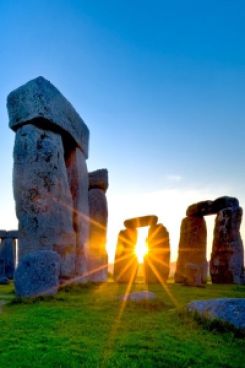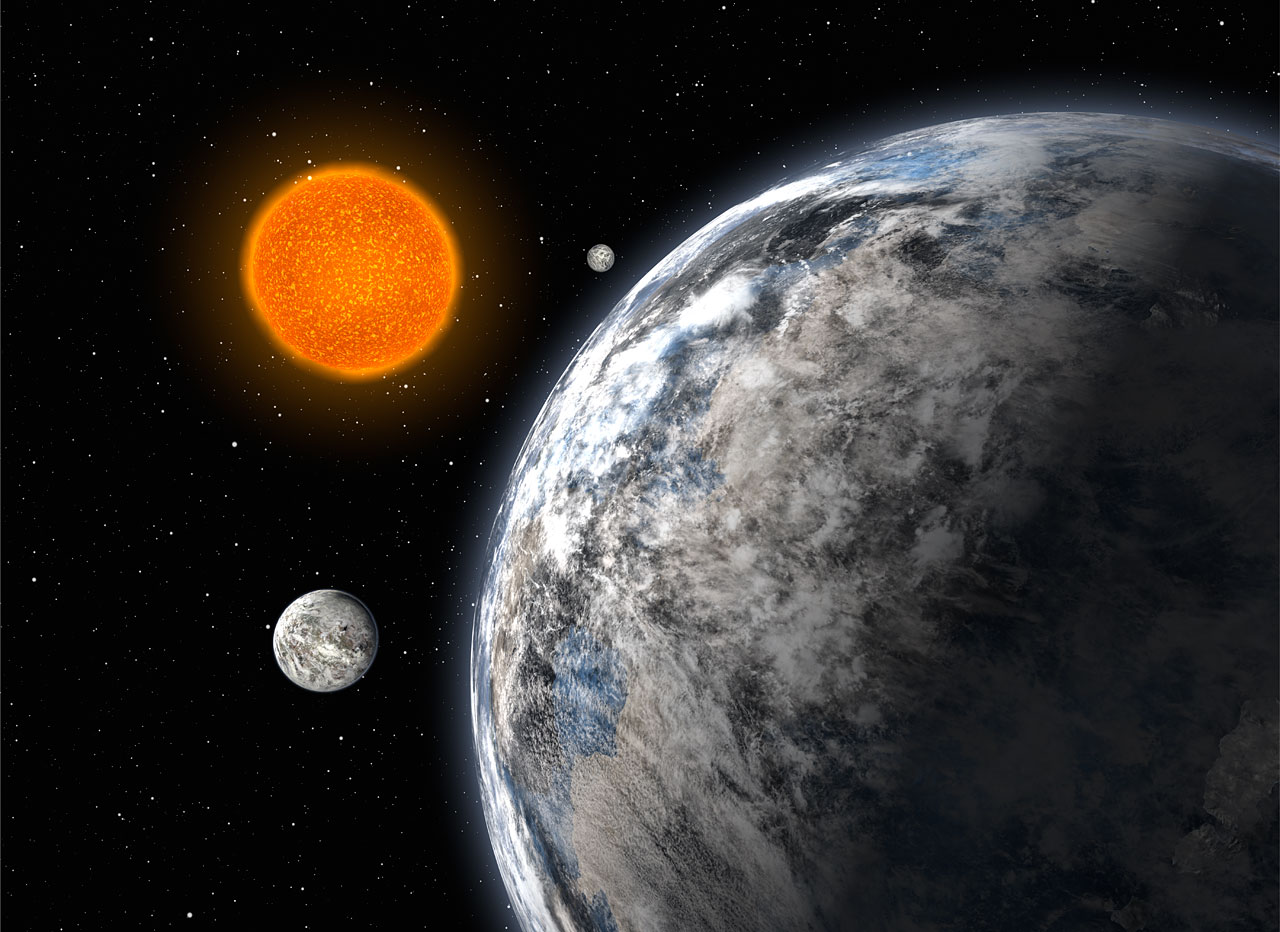Peace on Solstice

Astronomically speaking, we have reached the longest night of the year in the northern hemisphere. I for one hail the return of the light as we pass around the sun. It means the pineal glands inside my animals’ heads will detect more light through the optic nerve, letting them know that Spring is 90 days away. It’s time to prepare for babies and shed their winter coats. It helps lift depression in humans as well; I know it does for me.
And from this basic celebration hundreds, maybe thousands of different rituals and ceremonies have arisen, from Saturnalia to Santa Claus. It happens every 365.25 days, without fail, since the Earth cooled and settled into orbit. It happens if no one cares, if every life form alive went extinct, or if we find life on Mars. It is such a such a steady, never changing phenomenon that we have based our lives around it – this thing we call time. 
I just want to remind you all that our lives are short, most less than a single century. Go out of your way this solstice, and say “what can I do to make things better for ______” and that can be anything from your cat to the environment.
Here’s a really cool link if you want more information on the winter solstice. In the meantime, Captain Jackson’s dear wife, Rianya, has been living in artificial lighting for years now, and if you’ve been paying attention, you might be able to guess what happens when she finds herself back on Beta Hydri IV.
